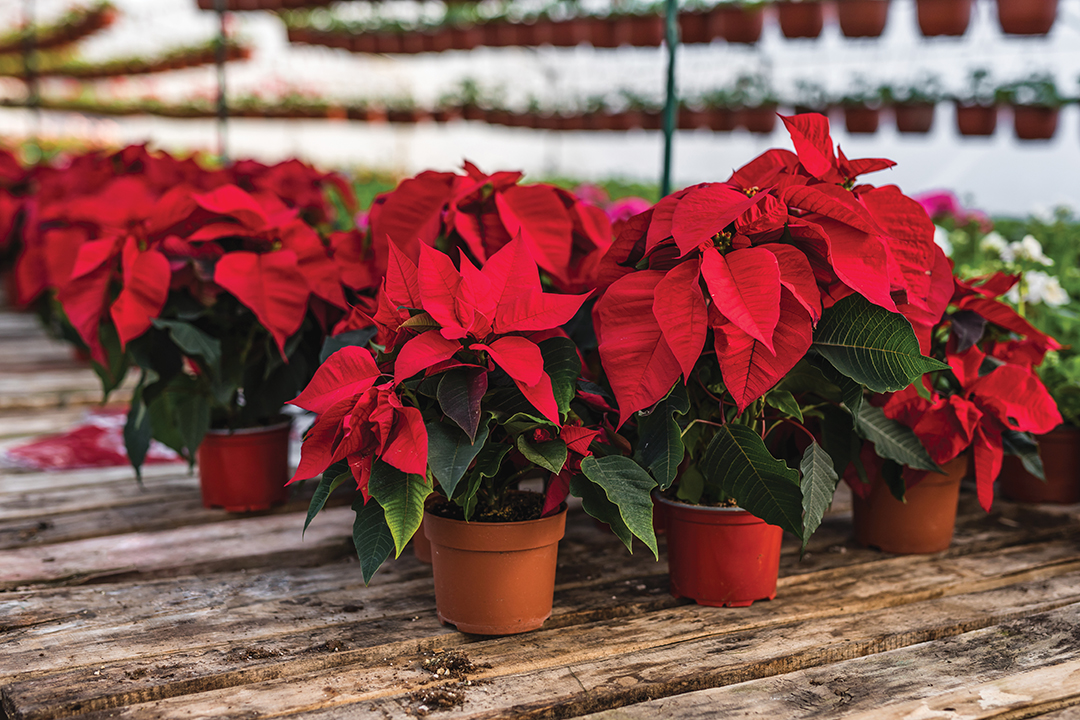
iStock/chabybucko
In December, it seems everywhere you turn, you’ll find poinsettias. The plant has become a staple of the holiday season. Originating from the regions of Mexico through Central America, the plant naturally grows into a tall, woody bush with spindly branches, reaching up to 13 feet tall.
The Aztec people associated the plant with purity. In Nahuatl, the language of the Aztec people, the plant is called cuetlaxochitl, meaning “mortal flower that perishes and withers like all that is pure.” How poetic.
The plant was originally cultivated not only for its ornamental beauty, but also to be used as a reddish-purple dye for cloth and cosmetics. The white, milky latex in the sap was used medicinally to treat fevers. In 1825, the first U.S. envoy to Mexico, Joel Roberts Poinsett, sent these plants home to his greenhouse in South Carolina.
Poinsettias are unique in that the colored portion that attracts our attention are not flowers but rather bracts, a leaf-like portion of the plant that evolved to surround the flower and draw awareness to the small yellow blooms. In its native habitat, the bracts turn red in the month of December due to longer nights. Nurseries keep the plant in the dark 14 hours a day for 40 days to bring on these bright colors.
In the U.S., 70 million poinsettias are sold each year. Last winter, I waited until spring and planted mine outside in the garden.
Alison Feik of Excelsior has a degree in landscape architecture and holds a wealth of knowledge about local plants and gardening. Grow more at beingstronginnature.com.






















